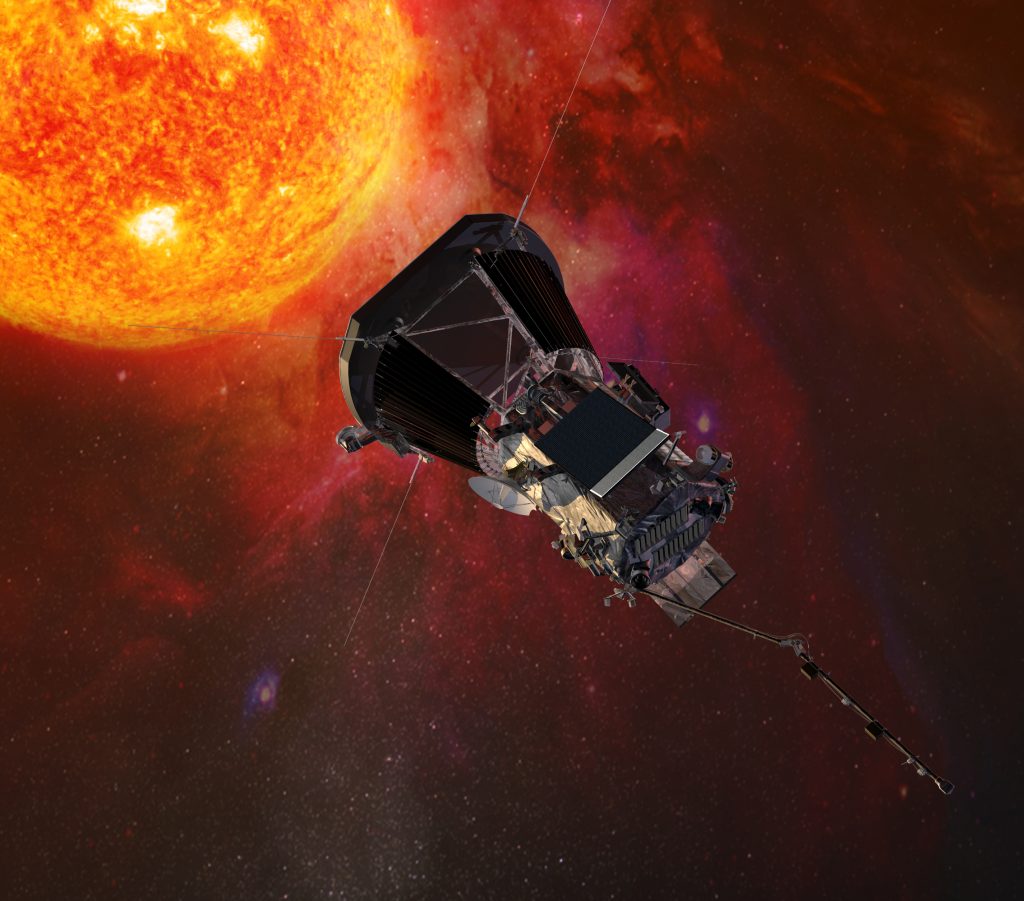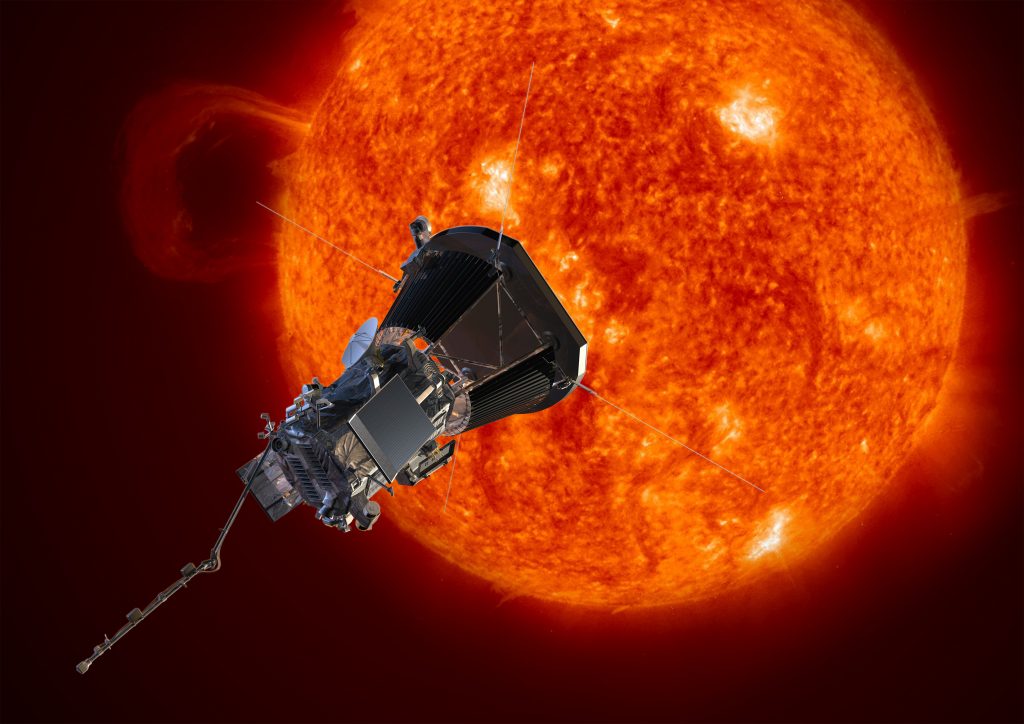NASA to announce new details on mission to “touch the Sun”
NASA is expected to reveal on Wednesday details regarding the first-ever mission to the Sun. The Agency will send a probe directly into the Sun’s atmosphere.
The mission, called Solar Probe Plus, is scheduled to launch in the summer of 2018. Placed in orbit within four million miles of the sun’s surface, and facing heat and radiation unlike any spacecraft in history, the spacecraft will explore the sun’s outer atmosphere and make critical observations that will answer decades-old questions about the physics of how stars work.
The resulting data is expected to improve forecasts of major space weather events that impact life on Earth, as well as satellites and astronauts in space.
Scientists have already started the countdown clock until the launch with 426 days remaining.

Only a month ago, the Solar Probe Plus got its first scientific instrument. On April 17 the EPI-Lo particle detector was installed on the spacecraft.
“With EPI-Lo on board – our first scientific instrument – we can begin to call Solar Probe Plus an ‘observatory,’” said Andrew Driesman, Solar Probe Plus project manager from APL. “We are looking forward to the integration of the other instruments on the spacecraft, subsequent testing, on-orbit science operations and ultimately new discoveries.”
Designed and built by the APL – which also designed and is building the Solar Probe Plus spacecraft – EPI-Lo will measure low-energy particles streaming from the sun.
“Measuring the energetic particles near the sun, and flying an entire suite of instruments on such a Solar Probe is an exciting event in science almost 60 years in the making,” said Ralph McNutt, the EPI-Lo lead from APL.
The last NASA mission to the Sun was back in 1976. Called Helios 2, the objective was to study solar winds and that time, the probe came within 43 million kilometres of the Sun’s surface. The new mission is set to get even closer.
According to the projected trajectory, the mission will use seven flybys of Venus to reduce its distance from the Sun. The closest three will be just 3.8 million miles from the surface of the star.

Scientists have long wanted to send a probe through the Sun’s outer atmosphere, or corona, to better understand the solar wind and the material it carries into our solar system. The primary science goals of the Solar Probe Plus mission are to trace the flow of energy and understand the heating of the solar corona and to explore the physical mechanisms that accelerate the solar wind and energetic particles.
Given its close proximity to the sun, the spacecraft and instruments will be protected by a 4.5-inch-thick carbon-composite shield. During the closest passes around the Sun, temperatures outside the spacecraft will reach nearly 2,500 degrees Fahrenheit, about 1371 degrees Celsius.